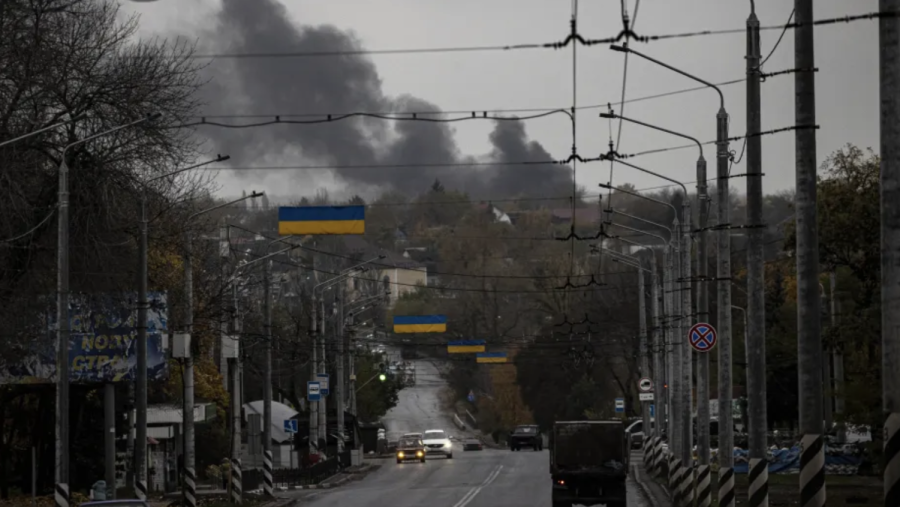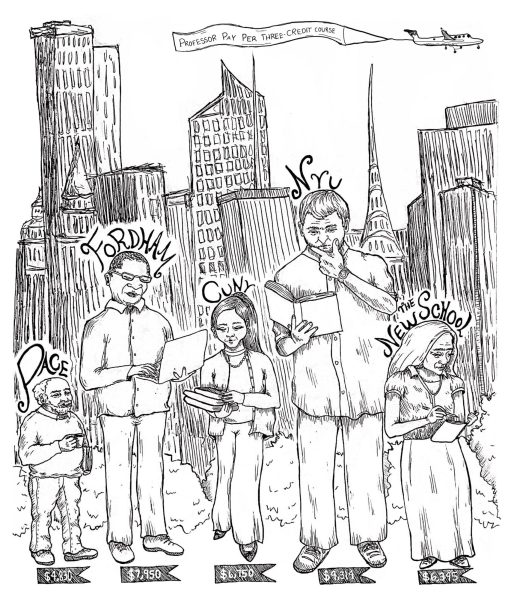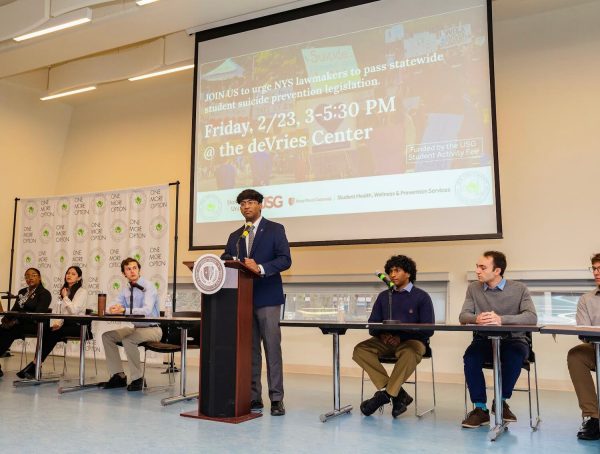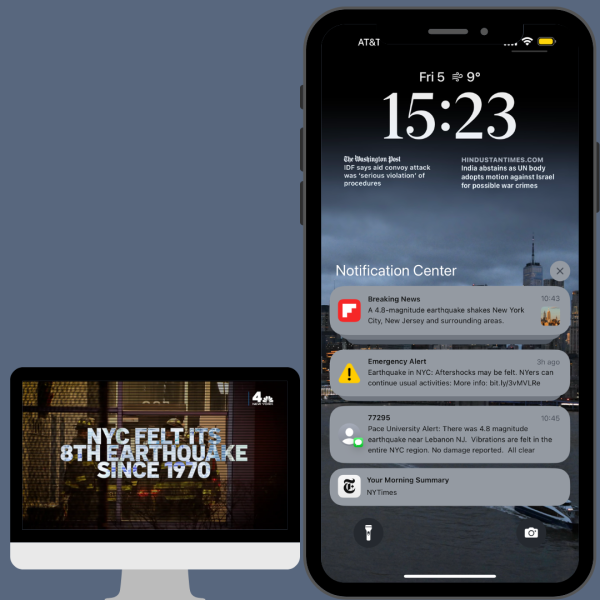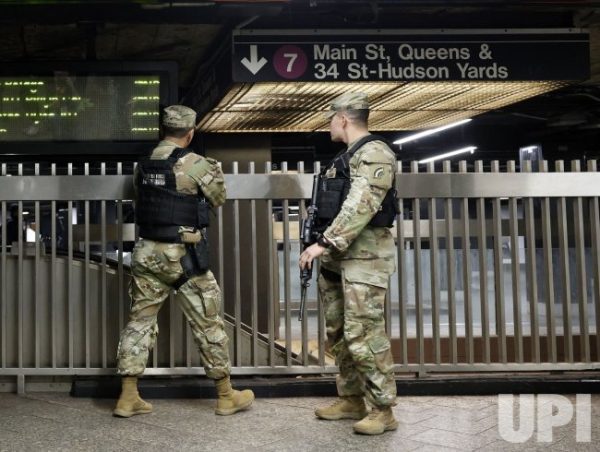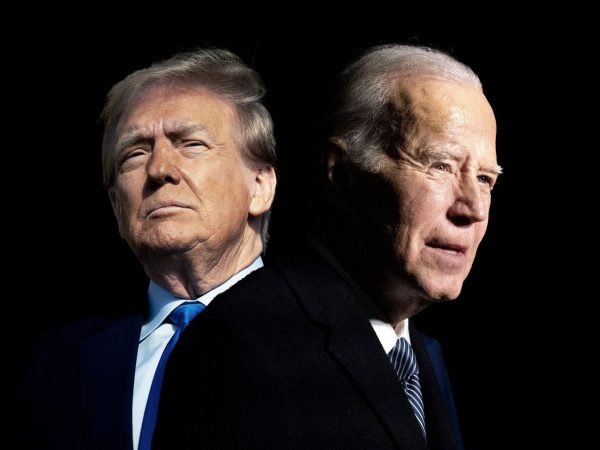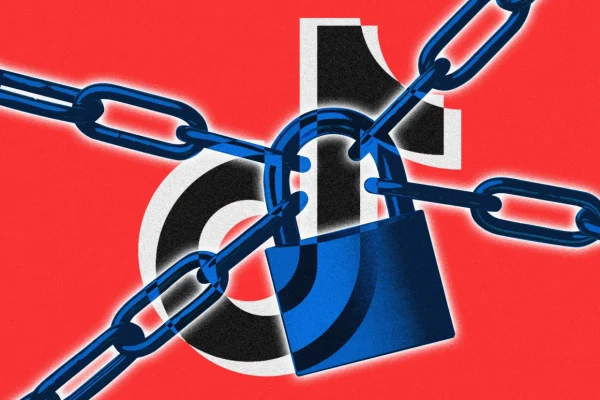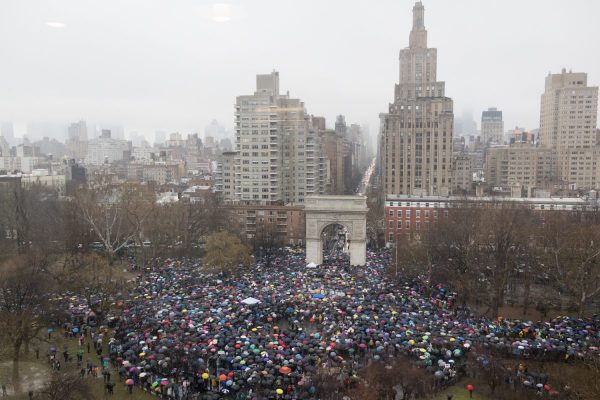Russia delivers biggest attack on Ukraine since the beginning of the war
October 14, 2022
An explosion on the Kerch strait bridge connecting the Russian mainland to the Crimean peninsula accelerated the already deadly war between Russia and Ukraine on Oct. 8. The Kerch bridge has been, since its unveiling in 2018, the pride of President Vladimir Putin and Russia and is the main transport route providing supplies and equipment to frontline Russian soldiers cementing Russia’s hold on the peninsula. Crimea, once a territory of Ukraine, was occupied and annexed in 2014 by Russia in violation of international law.
Russia quickly came out with a statement condemning the explosion as an act of terrorism by Ukraine and promised retaliation. For their part, Ukraine, while not officially taking responsibility, has celebrated the explosion. Ukrainian presidential advisor Mykhailo Podolyak implied that Moscow was involved in the blast, noting “that the truck that detonated, according to all indications, entered the bridge from the Russian side. So the answers should be sought in Russia,” he said in comments released by the presidency.
On the morning of Oct. 10th, Russia retaliated. Over 80 missile strikes and countless kamikaze drone attacks were thrust upon Ukraine, causing the deaths of at least 14 civilians and injuring 97 more. There were reports of explosions in the cities of Kyiv, Ternopil, Zhytomyr, Dnipro, Mykolaiv, Khmelnytsky, Zaporizhia and Lviv. The attacks also took out power, water and heat throughout parts of the country.
This prompted the nation’s energy ministry to announce it would cease exports of electricity to the European Union (EU). An official statement posted on the Ukrainian ministry’s website reads, “Today’s missile strikes, which hit the thermal generation and electrical substations, forced Ukraine to suspend electricity exports from Oct. 11, 2022 to stabilize its own energy system.” Of the accounted missile strikes, 43 were downed by Ukraine’s Armed Forces, stated by Ukraine’s official Air Force spokesperson Yurii Ihnat to reporters.
While Russia officially began its invasion of Ukraine on Feb. 24, the conflict between the two countries goes back much further. A brief history of the relationship between Ukraine and Russia will explain how past events led up to this war.
Ukraine has sought independence from Russia for hundreds of years, but the beginning of the 20th century marked a turning point in the creation of the nation’s identity. In 1922, Ukraine became a part of the U.S.S.R. and was considered “the breadbasket” of the Soviet Union due to its abundance of farmlands. However, a state-sponsored famine was enacted by the former Premier of the Soviet Union Joseph Stalin, infamously known as the Holodomor, which plagued Ukraine with nationwide famine in 1932. This, as well as the relocation of livestock and crops, resulted in the deaths of over 4 million citizens.
From 1941 to 1944, the Nazi invasion of Ukraine caused over 4 million citizens to flee to Russia, and by the end of the war, around 5-7 million Ukrainian lives were lost. In 1991, with the collapse of the Soviet Union, Ukraine became an independent State. In 2014, the Russian Federation annexed Crimea. This was denounced by both the EU and the US. There was an internal conflict with parts of Ukraine wanting to align more closely with Russia and the other parts wanting complete independence. On Feb. 24, 2022, Russian forces invaded Ukraine.
Since the initial invasion, The Office of the United Nations High Commissioner for Human Rights confirmed 6,306 civilian casualties, along with 9,602 reported injuries as of Oct. 16th, 2022. Of these deaths, 397 of them were children.
As of now, Ukrainian President Volodymyr Zelenskyy has stated the number one priority is to secure more air defense systems for Ukraine. They received a promise on Oct. 11 for an IRIS-T air defense system from Germany. President Biden has also issued more systems to be delivered, with Washington promising to send its NASAMS system, a network of ground-based air defense. However, due to the late shipment, the delivery date is unclear.
Some University students have issued comments on the continuing conflict between Ukraine and Russia. A senior Communications major at the University stated “Russia sending missiles to Ukraine is a disgusting abuse of power. Tens of thousands of innocent people have already lost their lives, and millions have been displaced. These attacks should have never happened in the first place, and it feels like there’s no end in sight for the civilians of Ukraine and it’s tragic.”
Another senior Political Science major expressed their views on the documentation of the attacks, stating “I think it’s beyond terrifying. The fact that we have the platform now to see the actual impact of these missiles and hear the screams of the people of Ukraine and see their reactions is so upsetting. These are strategically planned attacks that Putin is boasting about; meanwhile, these people were out just dropping off their kids to school or getting to work. Rest in peace those who have passed.”
As far as the future of the war, there seems to be no end in sight. There are sure to be more strikes, retaliations and casualties, but one thing is for certain, there will be continued aid for Ukraine and resistance of its people against Russian control.
